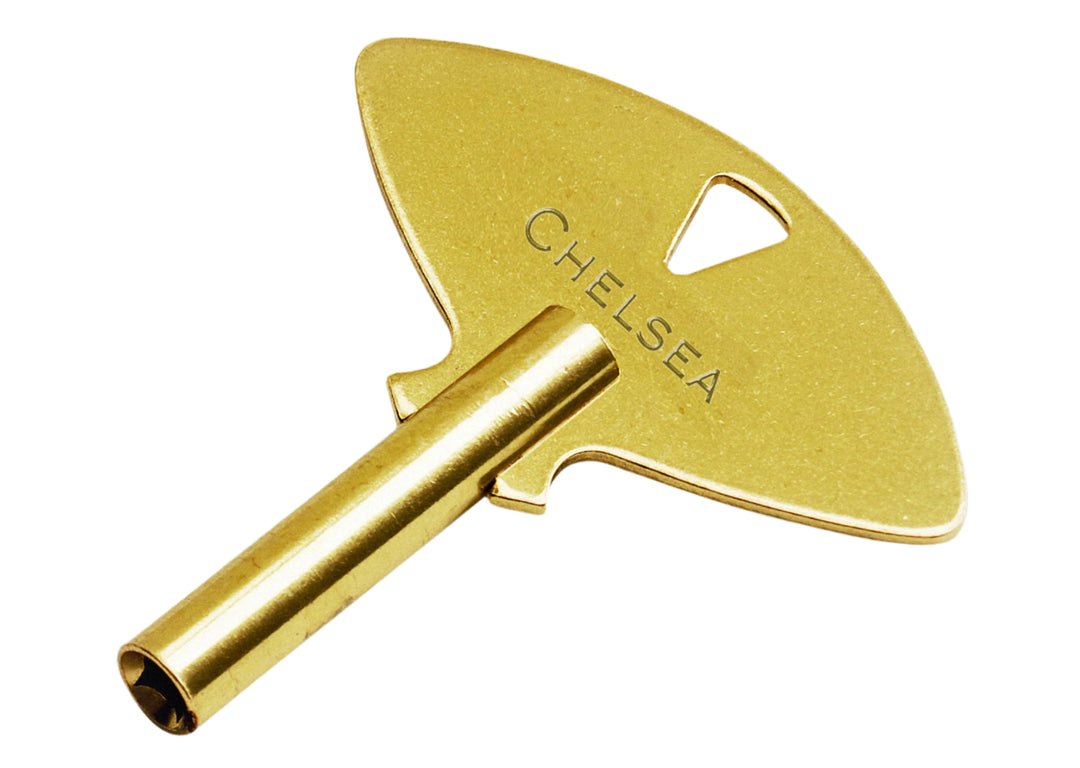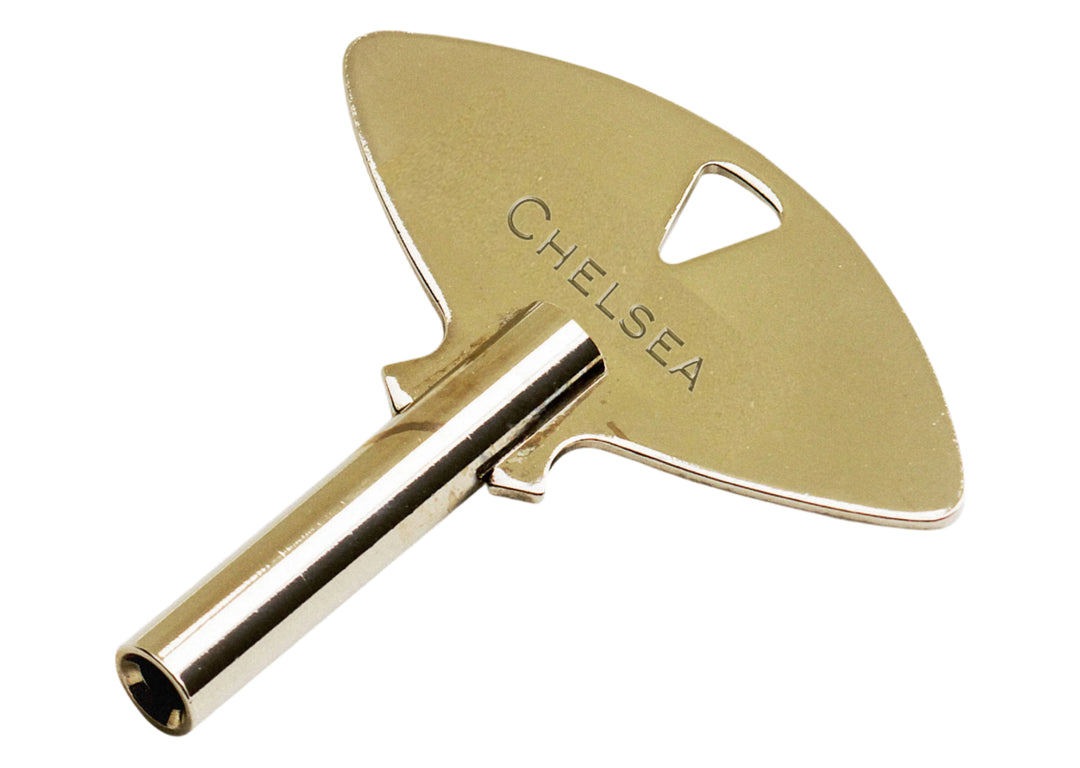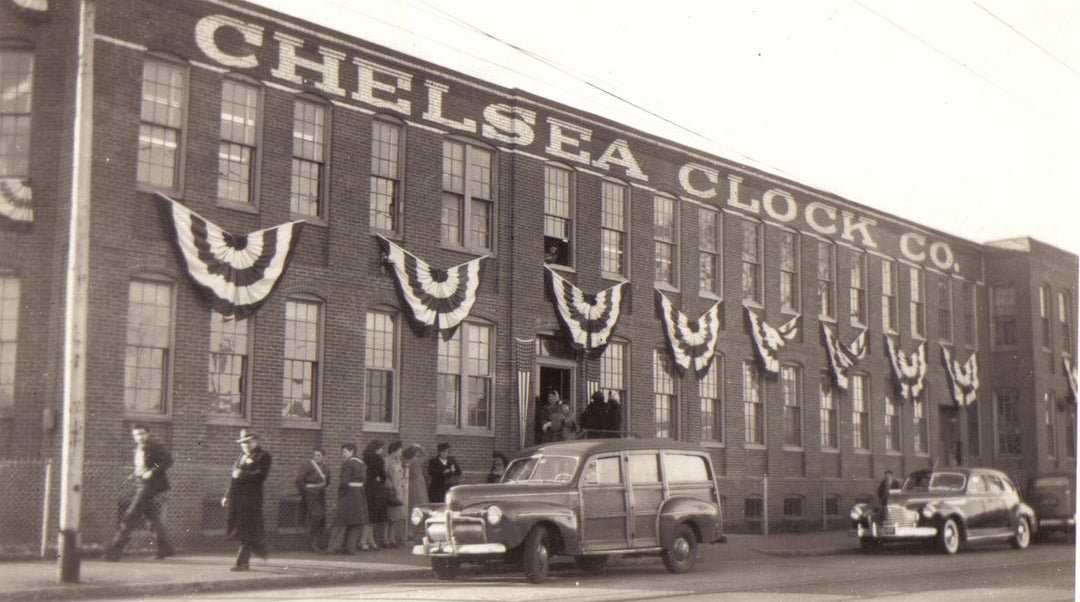
Ship's Bell Key in Brass
7 - 10 Business Days
Mariners have used a unique bell code to tell time at sea for hundreds of years. The code is based on the crew’s typical workday routine while the vessel is under way. A ship at sea requires constant attention throughout the day’s twenty-four hours. The day is therefore divided into six four-hour periods, each called a “watch.” Similarly, the crew is segmented into three divisions. Division members then stand their individually assigned duties on two watches per day, with eight hours off duty between watches. To rotate each division’s watch times, the Evening Watch is periodically divided into two watches. These are called Dog Watches because they “dog” the watch schedule for all divisions ahead by one watch period.
The watch officer struck the ship’s bell every half hour to apprise the crew of the time. A single bell denoted the end of the first half hour and one bell was added each half-hour. Eight bells therefore signaled the end of each four-hour watch. Like centuries of seafarers, you’ll soon know the time when the clock chimes, even if you cannot see it.
Watch Schedule
First Watch
8:00 p.m. to 12:00 a.m.
Mid-Watch (also Black Watch)
12:00 a.m. to 4:00 a.m.
Morning Watch
4:00 a.m. to 8:00 a.m.
Forenoon Watch
8:00 a.m. to 12:00 p.m.
Afternoon Watch
12:00 p.m. to 4:00 p.m.
Evening Watch
4:00 p.m. to 8:00 p.m.
The watch officer struck the ship’s bell every half hour to apprise the crew of the time. A single bell denoted the end of the first half hour and one bell was added each half-hour. Eight bells therefore signaled the end of each four-hour watch. Like centuries of seafarers, you’ll soon know the time when the clock chimes, even if you cannot see it.
Hear the Famous Ship's Bell Chime
| 8 bells | 12:00 | 4:00 | 8:00 | |
| 1 bell | 12:30 | 4:30 | 8:30 | |
| 2 bells | 1:00 | 5:00 | 9:00 | |
| 3 bells | 1:30 | 5:30 | 9:30 | |
| 4 bells | 2:00 | 6:00 | 10:00 | |
| 5 bells | 2:30 | 6:30 | 10:30 | |
| 6 bells | 3:00 | 7:00 | 11:00 | |
| 7 bells | 3:30 | 7:30 | 11:30 |








